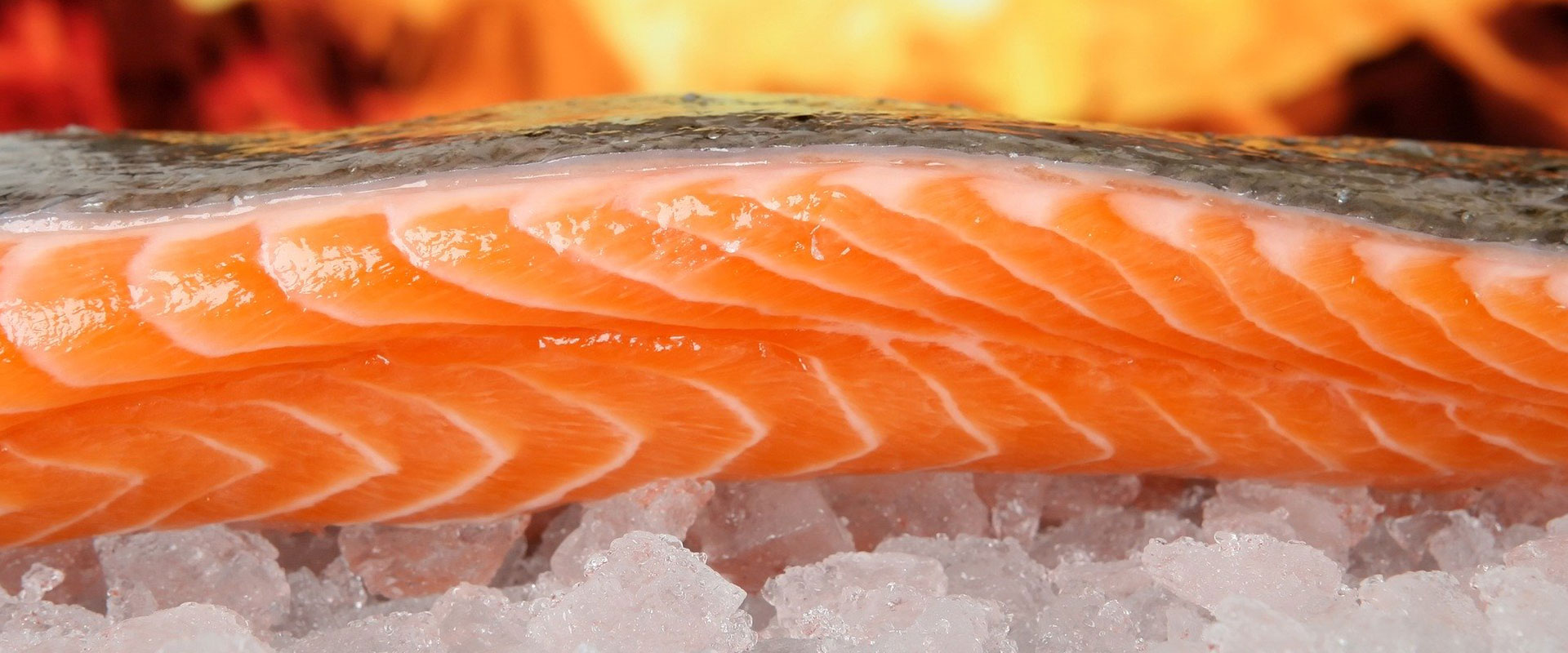
FATS
Fats are one of the three main macronutrients, along with carbohydrates and proteins.
The fat molecules consist mainly of carbon and hydrogen atoms and are therefore hydrophobic and soluble in organic solvents and insoluble in water. Examples include cholesterol, phospholipids, and triglycerides.
The terms lipids, oils, and fats are often confused:
- lipid is the general term, although a lipid is not necessarily a triglyceride
- the oil refers typically to a lipid with short or unsaturated fatty acid chains, which is liquid at room temperature
- fat (strictly speaking) refers specifically to lipids that are solid at room temperature - however, fat (in the broad sense) can be used in food science as a synonym for lipids.
There are many different types of fats, but each one is a variation on the same chemical structure. All fats are derived from fatty acids and glycerol. Most fats are glycerides, especially triglycerides (glycerol triesters).
A fatty acid chain is linked to each of the three -OH groups of glycerin by the reaction of the carboxylic end of the fatty acid (-COOH) with alcohol; that is, three chains per molecule. The water is removed, and a -O- bond binds the coals through dehydration synthesis. This process is called esterification, and the fats are, therefore, esters.
Fatty acid chains may also differ in length:
- short-chain fatty acids (SCFA) are fatty acids with aliphatic tails smaller than six carbon atoms (ie, butyric acid).
- medium-chain fatty acids (MCFAs) are 6-12 carbon aliphatic fatty acids, which can form medium-chain triglycerides.
- long-chain fatty acids (LCFA) are aliphatic fatty acids with 13 to 21 carbon tails.
- very-long-chain fatty acids (VLCFAs) are fatty acids with aliphatic tails of 22 or more carbons.
Some fatty acids that are released through the digestion of fats are called essential because they cannot be synthesized in the body from simpler constituents.
There are two essential fatty acids (EFAs) in human nutrition:
- alpha-linolenic acid (an omega-3 fatty acid)
- linoleic acid (an omega-6 fatty acid)
Other lipids needed by the body can be synthesized from these and other fats. Fats and other lipids are broken down in the body by enzymes called lipases produced in the pancreas.
TYPES OF FATS
Fats and oils are classified according to the number and binding of carbon atoms in the aliphatic chain:
- saturated - they have no double bonds between the carbons in the chain
- unsaturated - have one or more carbons with a double bond in the chain
- polyunsaturated - they have multiple double bonds
The terminology is based on the non-acid (non-carbonyl) chain end.
Unsaturated fats can be further divided into:
- Cis fats, which are the most common in nature
- trans fats, which are rare
Unsaturated fats can be modified by reaction with hydrogen carried out by a catalyst. This action, called hydrogenation, tends to break all the double bonds and make a completely saturated fat.
To reduce the shortening of vegetables, then cis unsaturated liquid fats (such as vegetable oils) are hydrogenated to produce saturated fats, which have more desirable physical properties, for example, melt at the desired temperature (30-40 ° C) and it is well stored, as polyunsaturated oils become rancid when they react with oxygen in the air.
However, trans fats are generated during hydrogenation as contaminants created by an unwanted side reaction on the catalyst during partial hydrogenation. Olive and flax oils are unsaturated and liquid.
Saturated fats can be stacked in a packaged arrangement, so they can quickly solidify and are usually solid at room temperature.
For example, animal fats and lard have a high content of saturated fatty acids and are solid.
THE ROLES OF LIPIDS
The leading roles of fats are:
- energy sources for the body
- energy deposits that go beyond what the body needs immediately
- sources of essential fatty acids, an essential dietary necessity
- vitamins A, D, E and K are fat-soluble, which means they can be digested, absorbed and transported only in combination with fats
- plays an essential role in maintaining healthy skin and hair
- role in isolating body organs from shock
- role in maintaining body temperature and promoting healthy cellular function
- serves as a useful buffer against a multitude of diseases
Each gram of fat, when burned or metabolized, releases approximately nine calories (37 kJ = 8.8 kcal). Fats are broken down in the healthy body to release their constituents:
- glycerol
- fatty acids
Glycerol itself can be converted into glucose by the liver and thus becomes a source of energy.